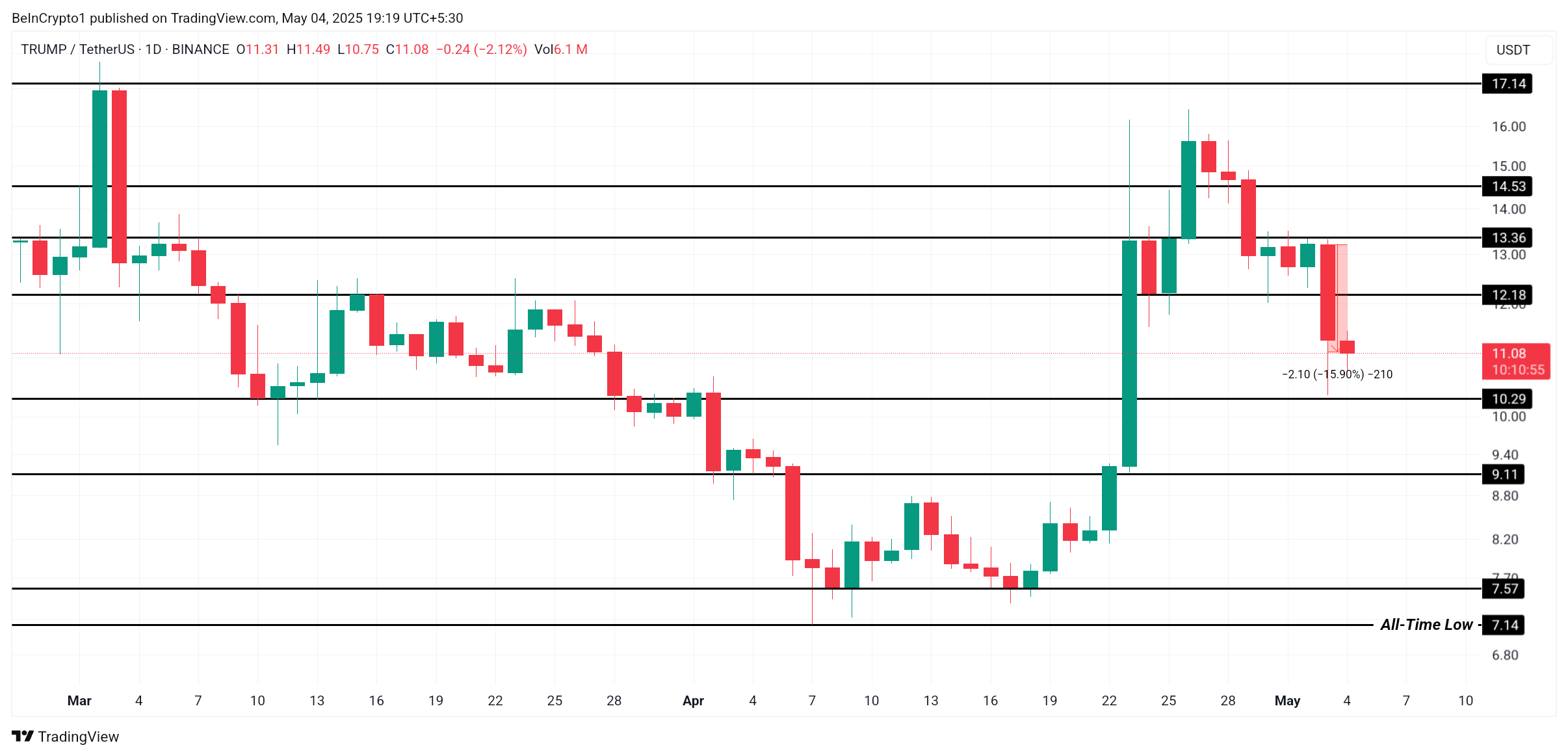This month, the S&P 500 index reached a milestone, touching an all-time high of 6,099, driving bullish sentiments across the stock market. The surge is attributed to growing optimism surrounding former President Donald Trump’s potential reelection and the belief that his policies could fuel America’s financial prosperity. As investor confidence rises, charts reflect a positive outlook for the market, with many predicting further price appreciation following Trump’s swearing-in ceremony.
As traders eagerly embrace the bullish market environment, leading equities are seeing fresh investment, setting the stage for a strong rally in the S&P 500. With this backdrop, the index appears poised for continued upward momentum. Financial analysts have weighed in with their predictions for the S&P 500 in 2025, forecasting further growth. In this article, we delve into three of the most bullish price predictions for the index in the coming year.
3 Bullish Price Predictions for the S&P 500 Index in 2025
1. Oppenheimer’s John Stoltzfus: 7,100
John Stoltzfus, the Chief Investment Strategist at Oppenheimer, is the most optimistic about the S&P 500’s future performance. Stoltzfus has set a target of 7,100 for the index in 2025, which represents a significant 16.5% increase from its current level of 6,099. This prediction is based on several factors, including a strong economic recovery, corporate earnings growth, and continued investor optimism regarding the potential impacts of Trump’s policies. According to Stoltzfus, the S&P 500 could soar even higher if global economic conditions improve and if consumer spending continues to drive growth.
2. Wells Fargo: 7,000
Global investment bank Wells Fargo is also optimistic, forecasting that the S&P 500 could reach 7,000 points by 2025. This projection would mark a 16% rise from its current position of 6,050. The bank’s analysts point to the ongoing recovery in corporate profits, strong fiscal policies, and the potential for significant tax cuts under a Trump administration as factors driving their bullish outlook. Wells Fargo believes the market could continue to experience robust growth as long as inflation remains in check and interest rates remain supportive.
3. HSBC: 6,700
HSBC, a leading retail and investment bank, is slightly more conservative but still bullish on the S&P 500. The bank predicts the index will hit 6,700 in 2025, an 11% increase from its current level. HSBC’s forecast reflects optimism about corporate earnings growth, low unemployment rates, and the possibility of a stable macroeconomic environment. With the potential for moderate economic expansion, HSBC anticipates the S&P 500 will benefit from a favorable investment climate, though they caution that market volatility could temper gains.
The outlook for the S&P 500 index in 2025 is overwhelmingly bullish, with major financial institutions offering optimistic predictions. Whether it’s Oppenheimer’s forecast of 7,100, Wells Fargo’s target of 7,000, or HSBC’s 6,700 projection, all three predictions suggest strong potential for market growth. With a favorable political climate and expectations of continued economic expansion, 2025 could be a banner year for the S&P 500, making it an attractive option for investors seeking solid returns.







